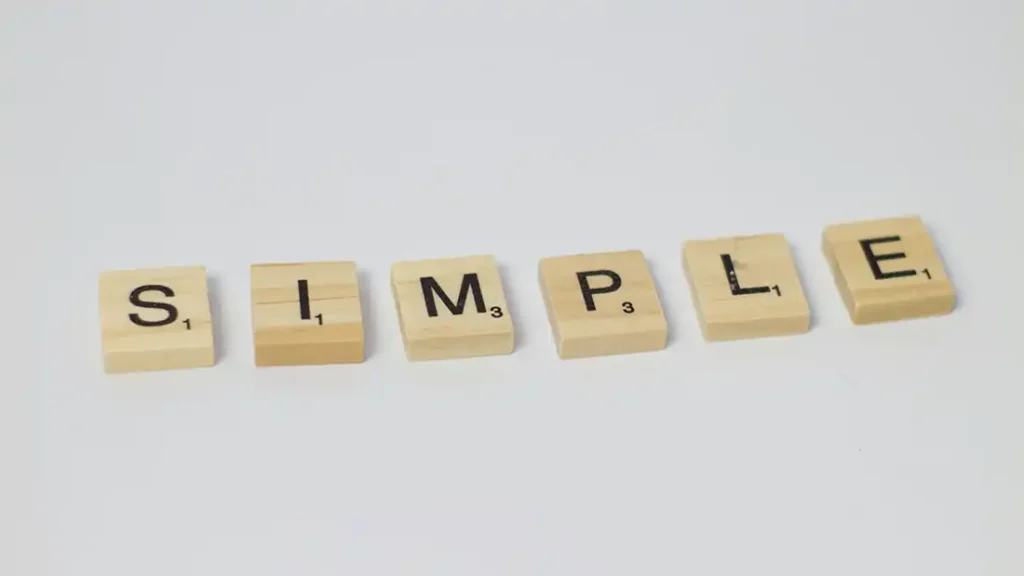Your blog post about lead generation and content marketing has huge potential. But in 2025, readers expect something different than the formal, corporate content that flooded the internet five years ago. They want authentic expertise delivered like a conversation with a trusted advisor. Here’s exactly how to make your content more engaging and conversion-focused.

The biggest shift in high-converting content is moving from broadcasting to conversation. Replace every “businesses” with “you.” Instead of “Companies often struggle with lead generation,” write “You might be wondering why your leads aren’t converting.” This simple change makes readers feel personally addressed rather than part of a faceless crowd.
Research shows conversational content keeps readers engaged for over 4 minutes compared to just 1 minute for formal writing. Your expertise as a digital marketing agency founder is valuable. But people need to feel like you’re talking directly to them, not lecturing a classroom.
Use contractions everywhere. Write “you’ll” instead of “you will.” Say “don’t” instead of “do not.” This isn’t unprofessional—it’s how real people actually talk. The goal is making complex marketing concepts feel accessible to busy business owners who don’t live and breathe marketing like you do.

Most people don’t read blog posts word by word. They scan headers, bullet points, and bolded text to find what they need. Your content structure should accommodate this reality.
Keep paragraphs to 2-4 sentences maximum. Use headers every 300-400 words that promise specific benefits. Instead of “Content Marketing Strategies,” write “How to create content that actually brings in customers.” Make your headers work like mini-headlines that could stand alone.
Bold the most important insights in each section. Not full sentences—just key phrases that help scanners identify valuable information quickly. Include bullet points for any list of 3 or more items. Add plenty of white space between sections so your content doesn’t look intimidating.
Target a Grade 9 reading level. This doesn’t mean dumbing down your expertise. It means explaining complex concepts in simple terms. Replace “utilize” with “use.” Change “implement” to “start.” Define technical terms immediately when you first mention them.

Your readers want to know what’s working right now, not generic advice they could find anywhere. AI and automation are transforming lead generation, but most small business owners don’t know how to start using these tools effectively.
Cover interactive content strategies. Quizzes, calculators, and polls are generating significantly higher engagement than static blog posts. 77% of marketers say podcasts are their most effective content format for lead generation. Short-form video content is showing the highest ROI according to recent data.
Address the shift toward privacy-compliant lead generation. With increasing privacy regulations, businesses need first-party data strategies. Explain how to create valuable content upgrades that make people want to share their contact information.
Multi-channel campaigns generate 31% lower cost per lead than single-channel approaches. Show your readers how to coordinate content across email, social media, and their website instead of treating each channel separately. Most business owners are still thinking in silos.
Include specific ROI data throughout your post. Email marketing still delivers $42 return for every $1 spent. Companies that blog regularly see 13x better ROI than those that don’t. These concrete numbers help readers justify investing time and money in content marketing.

The biggest mistake in marketing content is assuming readers understand industry concepts. Break down every process into 3-5 clear steps. Use analogies that connect marketing concepts to everyday experiences.
Compare lead generation to fishing. Your website is the fishing spot. Content is the bait. Forms are the nets. Follow-up is cleaning your catch. These comparisons help non-marketers visualize abstract concepts.
Use the “So What?” test for every claim you make. You increased traffic by 300%? So what? More traffic means more potential customers. So what? Your readers could double their revenue this quarter. That’s what they actually care about—the business impact, not the marketing metric.
Tell mini-stories instead of listing features. “Sarah, a marketing manager at a SaaS startup, was struggling with low email open rates. She tried everything—A/B testing subject lines, sending at different times, even offering discounts. Nothing worked. Then she made one simple change that tripled her open rates overnight.” Stories create emotional connection and make your advice memorable.

Personalized call-to-actions convert 202% better than generic ones. Create specific CTAs that relate directly to each section of your post. After explaining email marketing, offer an email template download. Following your social media section, provide a content calendar template.
Add content upgrades that extend the value of your blog post. Create checklists, templates, and guides that readers can’t find anywhere else. These article-specific lead magnets perform much better than generic newsletter signups.
Integrate social proof throughout your content, not just at the end. Mention specific client results when relevant. “Our client in the construction industry saw 127% more qualified leads using this strategy.” Include testimonials that address common concerns about the tactics you’re recommending.
Use strategic internal linking to guide readers through your expertise. Link to relevant case studies, other helpful blog posts, and service pages where appropriate. But make these links feel natural and helpful, not pushy.

The most successful content in 2025 balances expertise with empathy. Share your experience, but admit when you’ve made mistakes or learned something the hard way. This builds trust faster than perfect case studies.
Start sentences with action words. “Stop writing for everyone. Start writing for someone.” Commands create engagement and momentum. They make readers feel like they’re getting coaching, not just consuming information.
Use specific numbers and timeframes whenever possible. Instead of “improved results,” say “generated 156 new leads in 6 weeks.” Concrete details make your expertise feel real and achievable.
Address reader objections directly. “You might be thinking this won’t work for a small business.” “Even if you’re just starting out, these strategies will work for you.” Acknowledging concerns builds credibility and keeps skeptical readers engaged.

Audit your current blog post using the conversational tone checklist. Count how many times you use “you” versus “businesses” or “companies.” Aim for 80% second-person pronouns.
Restructure your content with scannable headers, shorter paragraphs, and strategic bolding. Add interactive elements like polls or embedded quizzes if possible.
Update your content with 2025 trends—AI tools, interactive content strategies, and privacy-compliant lead generation tactics. Include specific ROI data and recent case studies.
Test your rewritten content with the read-aloud method. If it sounds natural when spoken, it will feel conversational when read. Track engagement metrics, time on page, and conversion rates to measure improvement.
The most effective marketing content in 2025 doesn’t feel like marketing at all. It feels like getting advice from an expert who genuinely wants to help your business succeed. Your readers need to trust you before they’ll work with you. Conversational, value-driven content builds that trust faster than any sales pitch.
Focus on making one person’s day better with your content, and you’ll attract more qualified leads than broad, generic advice ever could. Your expertise as a digital marketing agency founder in Ottawa gives you unique insights—now package those insights in a way that makes busy business owners feel understood and empowered to take action.
Authority comes from sharing specific, actionable insights backed by real results. Use concrete numbers, mention client outcomes, and include industry data. Conversational tone actually enhances authority because it shows confidence—you don’t need fancy words to prove you know what you’re talking about. Share your expertise like you’re helping a friend solve a business problem.
Research shows 2,500-3,500 words perform best for lead generation because they provide comprehensive value while maintaining engagement. But length matters less than depth of insight. A 1,500-word post with actionable strategies beats a 4,000-word post filled with fluff. Focus on answering every question your ideal client might have about the topic.
Include one soft CTA every 500-700 words—these could be content upgrades, related articles, or helpful tools. Save your main conversion CTA for the end when readers are most engaged. Make CTAs feel helpful, not sales-y. Instead of “Contact us today,” try “Get the checklist that helped our client increase leads by 89%.”
Keep your best insights free to build trust and showcase expertise. Gate supplementary materials like templates, checklists, and step-by-step guides that extend the value of your free content. People need to see your expertise before they’ll trade their email address. Think of free content as a preview of what you can do for paying clients.
Professional doesn’t mean formal. B2B buyers are still people who appreciate clear, direct communication. Use “you” instead of “your organization.” Say “helps” instead of “facilitates.” Share specific examples and case studies. The key is being respectful and knowledgeable while avoiding corporate jargon that creates distance between you and your reader.
Writing for everyone instead of someone specific. Generic content attracts generic leads. Instead, pick one ideal client type and write directly to them. A marketing consultant writing for HVAC contractors will generate better leads than one writing for “small businesses.” Your content should make your ideal client feel like you understand their exact situation and challenges.
